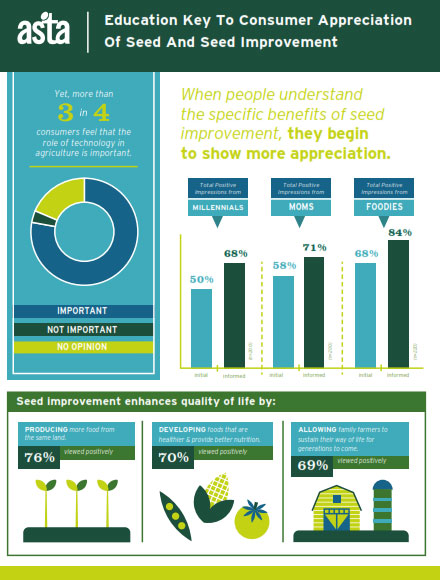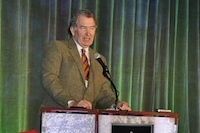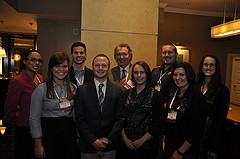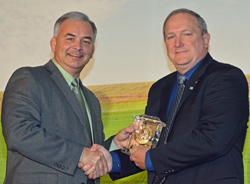 This fall the ZimmComm Team was honored to have Taylor Truckey travel with us learning the ropes of the agriblogging highway. The talented young lady didn’t miss a beat as she jumped right in to conducting interviews, snapping photos and joining the crazy banter. It was an honor to have her join our efforts in sharing the news of agriculture. A special ZimmComm announcement awaits readers at the end!
This fall the ZimmComm Team was honored to have Taylor Truckey travel with us learning the ropes of the agriblogging highway. The talented young lady didn’t miss a beat as she jumped right in to conducting interviews, snapping photos and joining the crazy banter. It was an honor to have her join our efforts in sharing the news of agriculture. A special ZimmComm announcement awaits readers at the end!
After spending a few weeks working with the AgWired team this fall, I can truly say that I was able to learn the world of agriblogging from some of the best. My time as the AgWired Fall Intern had me traveling from Louisville, KY where I spent time at the 2014 National FFA Convention, to Kansas City, MO for the 2014 National Association of Farm Broadcasting Convention. It was an incredible two weeks filled with a whirlwind of people, places, photos, blogging, and interviews sprinkled with lots of laughter and plenty of gold stars to go around!
Although I’m an agronomy major and my heart is with the crop production side of the industry, I will admit that I fell in love with broadcast media this fall. After having the chance to do some incredible interviews with even cooler people, I’ve learned how important it is to collect, condense, and share information to an audience of aggies across the country. One of my favorite interviews was conducted while at the National FFA Convention and Expo. I had the opportunity to sit down with Jeff Simmons, of Elanco, and hear the passion that he has for improving global food security by working with future and current generations of agriculturalists.
 Another favorite experience was being able to attend the 2014 Trade Talk at NAFB Convention. Walking into a huge room full of agriculture companies with representatives there to share upcoming projects, platforms, and relevant hot topics within their respective industries was a neat experience. As you looked around the room, cameras were flashing, microphones were held up, and by the end, there were a few tired industry reps looking for the door.
Another favorite experience was being able to attend the 2014 Trade Talk at NAFB Convention. Walking into a huge room full of agriculture companies with representatives there to share upcoming projects, platforms, and relevant hot topics within their respective industries was a neat experience. As you looked around the room, cameras were flashing, microphones were held up, and by the end, there were a few tired industry reps looking for the door.
I spent the first week in Louisville working with Jamie Johansen; I’m so thankful for Jamie and the time she invested into showing me how to interview, edit, and post content to all of the AgWired viewers. The week I spent in Kansas City brought the whole ZimmComm team together. Being able to see the “family” together made me feel right at home, especially when I was earning more gold stars then the rest!
Overall, I treasure my time as the AgWired Intern this fall and am so thankful to Chuck and Cindy for offering this opportunity to college students each semester. With that being said, I’m incredibly excited to announce that I will again be joining the AgWired group this spring as they travel to Commodity Classic and NAMA annual convention.
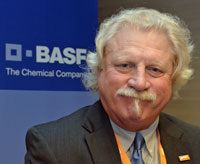 Two main trends emerging in the seed industry are biological crop inputs and seed coatings, according to Mike McFatrich, BASF global seed solutions business director.
Two main trends emerging in the seed industry are biological crop inputs and seed coatings, according to Mike McFatrich, BASF global seed solutions business director. 


